A clean bathroom helps people feel more relaxed at home. It also supports good health. Water spots, soap scum, and bacteria can build up quickly on surfaces. Over time, this can lead to stains, bad smells, and even mold. Keeping your bathroom clean does not have to be overwhelming. With the right plan, anyone can do it in small, simple steps.
This article introduces a 10-step guide to cleaning all bathroom surfaces the right way. Each step focuses on one task at a time, so no area is missed.
You will also learn about tools that save time and energy, such as wet and dry vacuums, robot mops, and smart cleaning tips.

Supplies for Effective Bathroom Cleaning
Before starting, it helps to gather everything in one place. This saves time and keeps you focused. You won't need to stop and search for anything once the cleaning begins.
Cleaning Tools
- Microfiber cloths: These grab dust and wipe surfaces without leaving streaks.
- Toilet brush: Used to scrub inside the toilet bowl.
- Scrub brush: Useful for sinks, tubs, tiles, and grout.
- Squeegee: Helps with mirror and glass door cleaning.
- Vacuum: A handheld or wet and dry vacuum removes dust and dirt from tight areas.
- Bucket and mop: Used for floors that need water-based cleaning.
- Gloves: Protect your hands from chemicals and dirty water.
Cleaning Solutions
- All-purpose cleaner: Works on sinks, countertops, and many other surfaces.
- Glass cleaner: Leaves mirrors and windows clear.
- Toilet cleaner: Designed for deep bowl cleaning and stain removal.
- Tile and grout cleaner: Breaks down tough buildup on floors and walls.
- White vinegar and baking soda: Great for soap scum and drains.
- Disinfectant spray or wipes: Use only on high-touch areas like flush handles, faucets, and doorknobs.
Step-by-Step Guide to Clean Bathroom Surfaces
Now that everything is ready, it's time to move through the bathroom step-by-step.
1. Declutter Your Bathroom
Cleaning becomes easier when surfaces are clear. Start by removing all loose items. These include bottles, razors, tissue boxes, towels, and rugs. Move them to another room or hallway. This gives you full access to every area that needs attention.
Look through baskets, containers, and drawers. Throw away expired products, broken tools, or anything you no longer use. If you have items that are rarely used, put them into a cabinet or storage bin.

2. Dust and Vacuum from Top to Bottom
Begin with the highest spots in the room. Dust light fixtures, shelves, the top edges of mirrors, and the tops of door frames. Use a microfiber cloth or a long-handle duster. Work from the top down, so dust falls to areas that haven't been cleaned yet.
Move to the middle areas next: windowsills, towel racks, and countertop edges. Wipe with a dry cloth to collect hair, lint, and loose dirt.
Finish with the lower sections, including baseboards and floor edges. A vacuum is helpful here. Use one with a narrow attachment to reach along corners and tight spots.
Wet and dry vacuum cleaners can save time during this step. They pick up fine dust, dry hair, and small crumbs from floors, tile edges, and around the toilet base without scattering debris. Take the Dreame H14 Pro Wet and Dry Vacuum as an example. It features 18,000Pa suction and a resilient scraper that lifts embedded hair and dry particles. The dual-edge brush cleans along baseboards, and the 180° lie-flat body fits under cabinets and low furniture. This design helps reach areas where dust often hides and collects.

3. Clean Shower Doors (or Bathtub)
For glass doors, spray a glass cleaner across the entire surface. Let it sit for a minute. Use a squeegee or microfiber cloth to wipe it down. Clean both sides of the door, not just the one you see most often. Don't forget the edges and metal frame.
If your shower door has water spots or soap buildup, use a mix of white vinegar and warm water. Spray the mix, wait 5–10 minutes, then scrub gently with a sponge. Rinse well with clean water.
For bathtubs, apply an all-purpose or bathroom cleaner along the tub walls and bottom. Focus on areas with discoloration or rings. Use a soft scrub brush to go over the surface in small circles. Rinse using warm water. A detachable showerhead or a pitcher works well to rinse fully.
Check around the tub edges and the caulking line. Use a toothbrush or a small scrub brush to clean corners and gaps.
4. Clean the Bathroom Sink and Drain
Bathroom sinks collect toothpaste, soap, and water marks every day. Start by removing any items from around the sink, such as soap dishes, cups, and bottles.
Spray the entire sink, faucet, and surrounding countertop with an all-purpose cleaner. Let the cleaner sit for a few minutes. Then scrub using a soft sponge or brush. Wipe dry with a microfiber cloth for a shiny finish.
Focus on the faucet base and around the drain. These areas often collect grime and water deposits. Use a small brush or toothbrush to scrub around these parts.
For a clogged or smelly drain, pour half a cup of baking soda down the drain. Then pour in half a cup of white vinegar. You will hear fizzing. After 10 minutes, flush the drain with hot water, about 140°F (60°C) works best.
Wipe any remaining water around the sink edges. Place clean, dry items back on the counter, but only if you need them every day.
5. Remove Soap Scum
Soap scum often looks like a white or gray layer. It builds up on tubs, shower walls, and doors. It feels sticky and dulls the surface.
To remove it, spray a mix of equal parts white vinegar and warm water onto the surface. Let it sit for 10–15 minutes. Use a sponge with a rough side or a soft scrub pad to clean gently in circles.
If the scum is thick or stubborn, sprinkle a small amount of baking soda directly on the sponge before scrubbing. The mix of vinegar and baking soda helps lift the buildup.
Do not use steel wool or hard brushes. These can scratch tile or glass. After scrubbing, rinse the area with clean water and dry with a microfiber cloth or towel.
6. Address Bathroom Tiles and Grout
Tiles can look clean from far away, but dirt, mold, and grime often settle in the spaces between them.
How to Clean Bathroom Grout
Grout is a thin, light-colored line between tiles. It absorbs dirt, moisture, and bacteria. Over time, it can turn gray, yellow, or even black.
To clean grout, spray it with a tile or grout cleaner. If you prefer a natural method, mix baking soda and water into a paste and apply it directly to the grout. Let it sit for 10 minutes.
Use a stiff-bristle brush or an old toothbrush to scrub along the lines. Move back and forth gently but firmly. Then rinse with warm water. Dry the area with a cloth.
If stains remain, repeat the process once more. For very old or dark stains, use a grout-specific cleaning solution.
How to Clean Bathroom Tile
Tile surfaces are easier to clean than grout. Spray them with an all-purpose bathroom cleaner. Let the solution sit for 3–5 minutes.
Use a sponge mop or a soft scrub brush to clean the tile surface. Focus on high-traffic zones like the area behind the sink or inside the shower.
The Dreame H15 Pro Heat Wet and Dry Vacuum uses 185°F (85°C) hot water to dissolve stuck-on grime and soap scum. Its resilient scraper lifts greasy debris, while the gap-free cleaning arm reaches near baseboards and wall edges. A liquid separation system keeps dirty water from re-circulating, and after use, the roller dries automatically with 194°F (90°C) hot air to stay clean and odor-free for next time. Once the tiles and grout are clean, the room feels brighter and fresher.
7. Sanitize the Toilet and Surrounding Area
The toilet is one of the most-used areas in any bathroom. It also collects bacteria quickly, so this part needs both cleaning and sanitizing.
Start by flushing once. Then apply toilet cleaner to the inside of the bowl. Aim under the rim and along the waterline. Let the cleaner sit for 5–10 minutes.
While waiting, spray an all-purpose cleaner or disinfectant on the outside of the toilet. Wipe down the handle, tank, lid, seat, and base using a cloth or disinfecting wipe. Use a separate cloth for the toilet so germs don't spread to other parts of the bathroom.
Next, scrub inside the bowl with a toilet brush. Focus on the area under the rim and at the bottom. Once done, flush again.
Check the floor around the toilet base. Spray cleaner and wipe this area too. Hair, dust, and drips often collect here. Keep a small brush for tight areas behind the toilet if needed.
Use gloves during this step. Once finished, wash or replace all cleaning tools used for the toilet.
8. Wipe Down Mirrors and Fixtures
Bathroom mirrors collect water spots, toothpaste spray, and fingerprints. Use a lint-free cloth or microfiber towel to get a clear result.
Spray glass cleaner lightly across the mirror. Let it sit for a few seconds, then wipe in a zigzag motion. Avoid using too much cleaner, as it can drip and cause streaks. Flip the cloth to the dry side to buff and finish.
Next, clean all metal fixtures, such as faucets, handles, and shower hardware. These often show water stains and fingerprints.
Spray an all-purpose cleaner or a mix of vinegar and water onto a soft cloth. Wipe each surface, including behind handles and around joints. Use a small brush for tight spots.
Polish each piece until it reflects light clearly. Doing this keeps your bathroom looking fresh and helps prevent buildup over time.
With mirrors and fixtures shining, the upper half of your bathroom is now complete. Next, it's time to look up and deal with the fan and hidden dust near the ceiling.
9. Clean the Bathroom Fan
Bathroom fans pull out moist air, but they also pull in dust. Over time, dust builds up on the cover and inside the vent. If left too long, the fan becomes noisy and less effective.
Turn off the fan before starting. Remove the vent cover if possible. Wash the cover in warm, soapy water and dry it with a towel.
To clean the fan itself, use a handheld vacuum with a nozzle attachment. This helps you reach dust tucked inside the housing. A soft brush attachment also works well around edges and tight corners.
The Dreame Z30 Cordless Stick Vacuum can be used for this job. It has a strong 310AW suction power and a motor speed of 150,000 RPM, which helps collect fine dust quickly. The lightweight body makes it easy to lift overhead. You can also use the nozzle tool to clean around the ceiling, baseboards, and other tight spots.
Once the fan is dust-free, reinstall the cover. A clean fan keeps air moving well and reduces moisture buildup.
10. Clean Bathroom Floors and Mats
Bathroom floors get wet, dusty, and grimy. Hair collects near corners, and water leaves streaks near the toilet and sink. Different tools help handle each of these problems.
How to Clean a Bathroom Floor with a Wet and Dry Vacuum
You can start by removing any baskets, bins, or obstacles on the floor. If the floor is dusty or has loose debris, use a vacuum first.
Then use a wet and dry vacuum to clean the surface more deeply. These machines lift dirt and also scrub away sticky marks or dried spills.
The Dreame H14 Pro Wet and Dry Vacuum is built for this task. It delivers 18,000Pa suction, a 520 RPM rotating brush, and a resilient scraper that targets stubborn grime. It cleans with 140°F (60°C) hot water to remove stains and grease. Dual-edge brush design allows cleaning along walls and furniture legs. After cleaning, it runs a 5-minute sealed hot air drying cycle, keeping the brush hygienic and ready for the next session.
The method works well on tile, vinyl, and sealed wood floors.
How to Clean a Bathroom Floor with a Robot Vacuum and Mop
Robot vacuums are useful for keeping floors clean every day. Some models can sweep dry dust and also mop wet areas.
Use a robot vacuum with mopping functions to clean after your main session or during the week between deep cleans. This is especially helpful in tight bathrooms where bending and scrubbing are hard.
The Dreame X50 Ultra Robot Vacuum is a powerful option. It comes with 20,000Pa suction and smart pathing for efficient cleaning. The robot can easily sweep dust and debris while mopping with hot water to leave floors streak-free. Set it to clean after showers or during busy mornings to keep floors tidy without effort.
How to Clean Bathroom Mats
Mats often trap hair, dust, and water. Shake them outside to remove loose debris.
Check the label to see if your mat is washable. Most fabric mats can go in the washing machine using cold or warm water. Add a small amount of detergent, and avoid using high heat when drying.
For non-washable mats, use a vacuum or a handheld vacuum to remove debris. Spray with fabric-safe cleaner if needed, then air dry completely before placing it back.
A clean floor improves the feel of the whole bathroom.
How to Keep the Bathroom Clean
A bathroom stays clean longer when small habits are added to the daily routine. You don't need to clean the whole room every day. Instead, focus on high-use spots and build good habits over time.
Tips for Maintaining a Bathroom Cleaning Routine
- Wipe the sink and countertop each night. This prevents watermarks and keeps the area clean for the next day.
- Sweep or vacuum the floor in the morning or after showers. Hair and dust collect fast, especially in corners.
- Put items back in place after each use. This includes soap, brushes, and hair products. A tidy surface is easier to clean.
- Keep a cleaning spray and cloth in the bathroom. Quick access helps remove small spills or toothpaste marks right away.
- Use a robot vacuum to handle daily dust and hair. Models like the Dreame X50 Ultra move across the floor automatically and can be set to run once a day or several times a week. This helps keep the bathroom fresh without extra effort.
How Often to Clean Your Bathroom?
Some areas need attention every day. Others only need weekly or monthly care.
Daily
- Wipe down sinks and counters.
- Put away items.
- Run the fan after hot showers.
- Shake out floor mats.
Weekly
- Clean the toilet.
- Wipe mirrors and glass.
- Mop or vacuum the floor.
- Wash towels and replace mats.
Monthly
- Deep clean tiles and grout.
- Wash shower curtains.
- Clean behind the toilet.
- Vacuum the fan and vents.
Robot vacuum cleaners are helpful throughout the week. They can be scheduled to run while you're out or busy. This keeps floors free of dust and hair without adding extra tasks.

How to Remove Bathroom Odors?
Bathroom smells often come from the toilet, drain, or damp surfaces. To reduce these smells, open a window or use a fan after each shower. Keep the door slightly open to let air move through the room.
Clean drains with baking soda and vinegar once a month. This helps break down the buildup that can cause bad smells.
An air purifier adds another layer of freshness. It removes airborne particles and odors from the room. Choose one with a HEPA filter and quiet mode for bathroom use.
You can also add a small bowl of baking soda or activated charcoal near the toilet. These help absorb smells without using strong scents or sprays.
A Cleaner Bathroom Starts with Smarter Habits (and Smarter Tools)
A clean bathroom supports your health and brings a sense of calm. Following a clear 10-step process helps cover every surface without stress. Daily habits like wiping the sink and using a robot vacuum can reduce buildup between deep cleans. Smart tools such as the Dreame H14 Pro/H15 Pro Wet and Dry Vacuum, the Dreame Z30 Cordless Stick Vacuum, the Dreame X50 Ultra Robot Vacuum and a compact air purifier help simplify the job. With the right approach and support, keeping a fresh and hygienic bathroom becomes much easier to manage.















































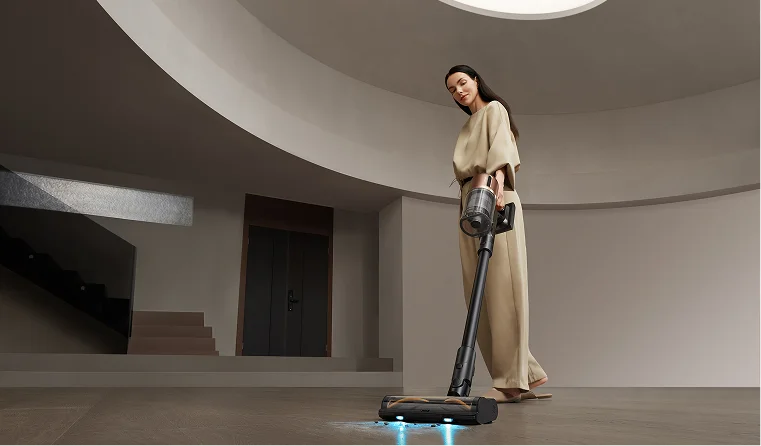
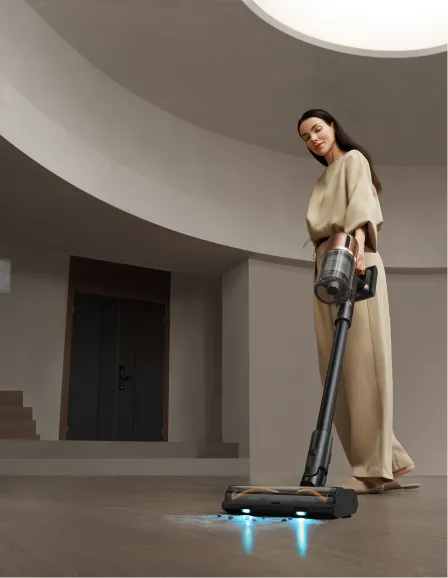

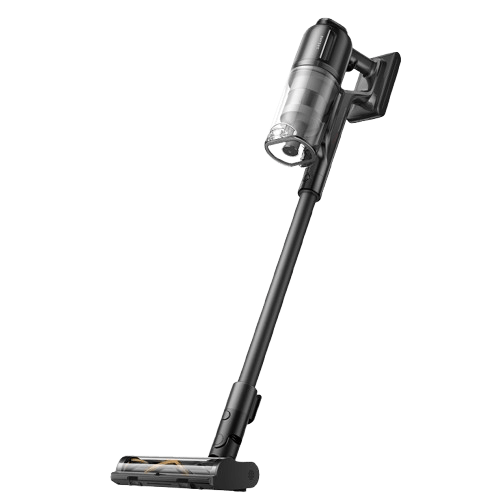

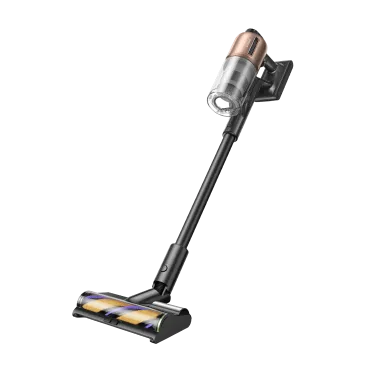
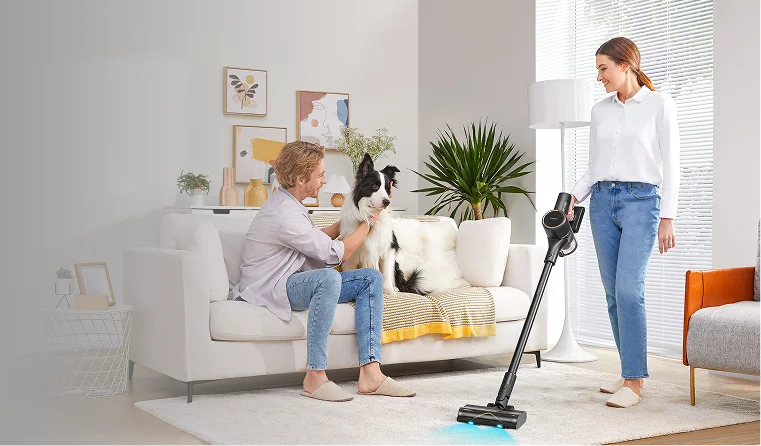
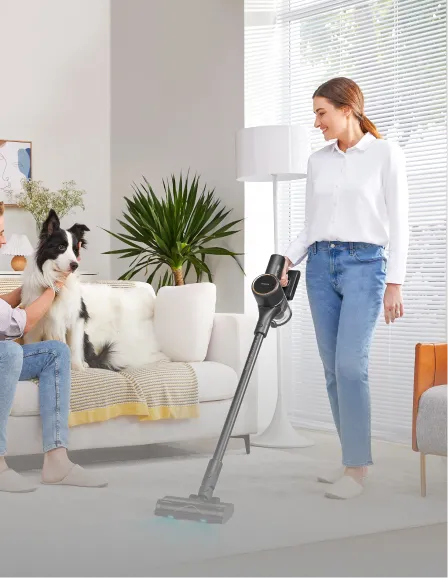
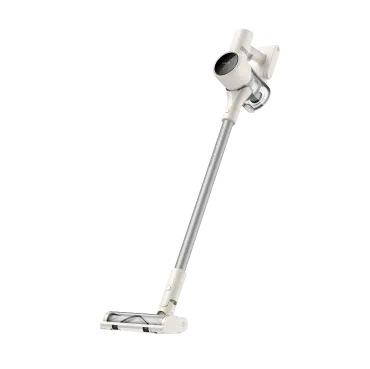
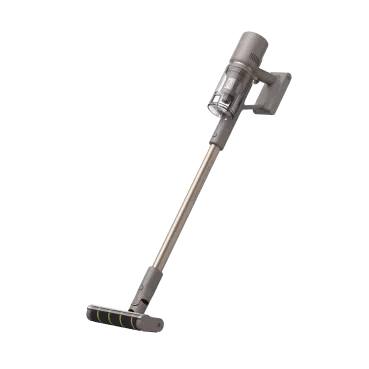
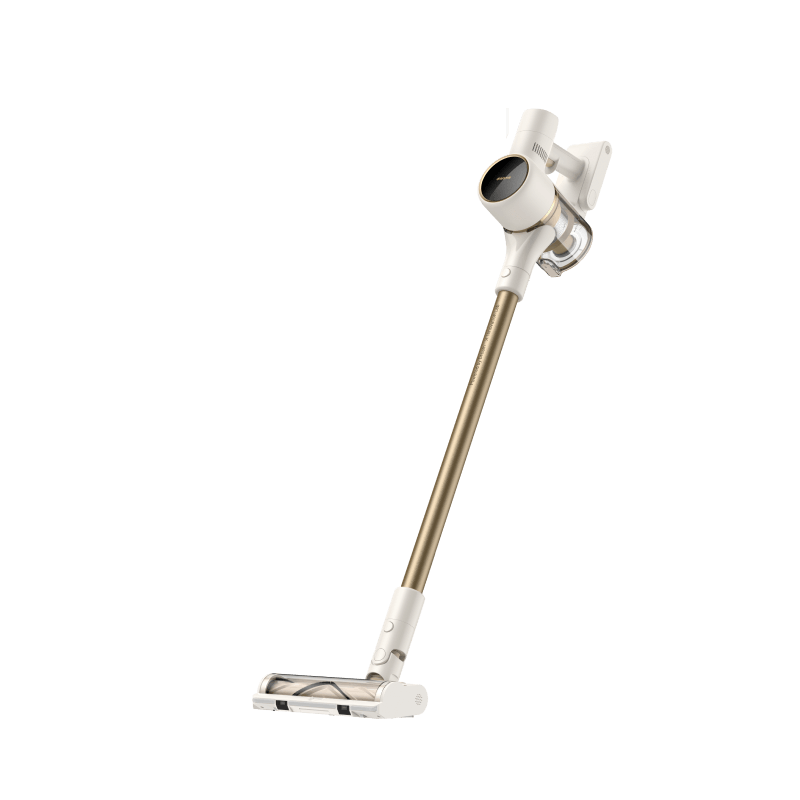
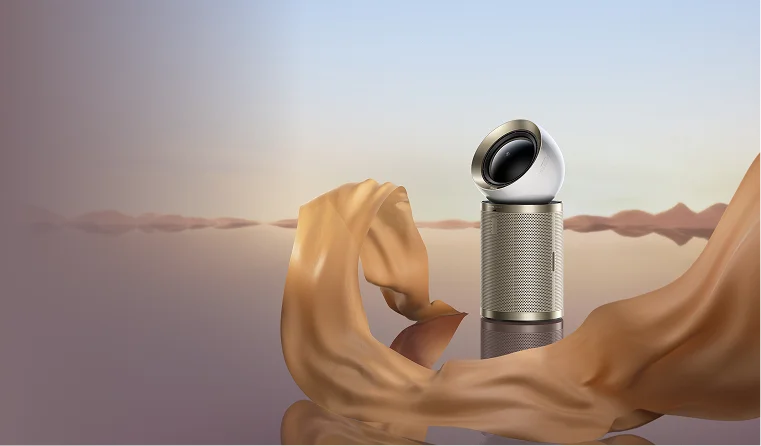
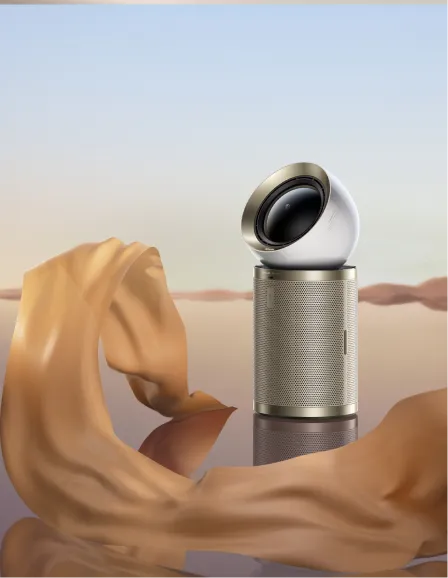

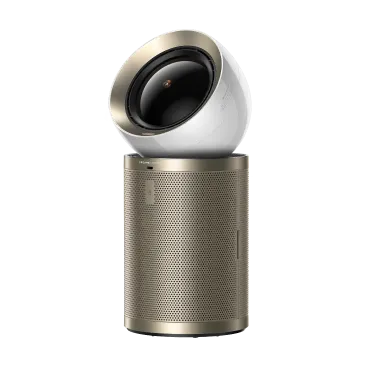

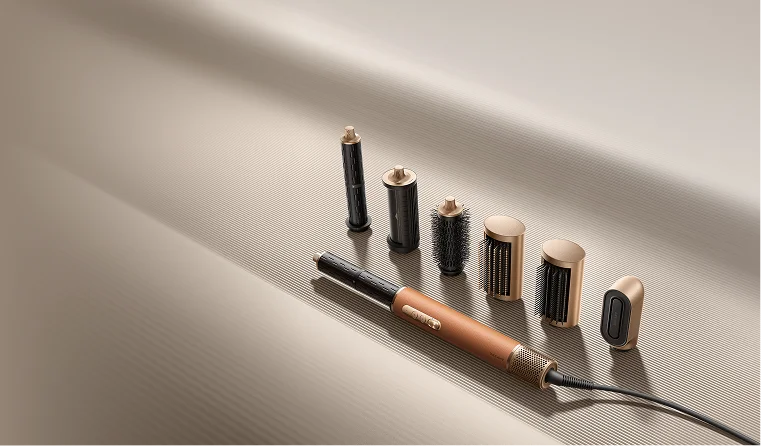
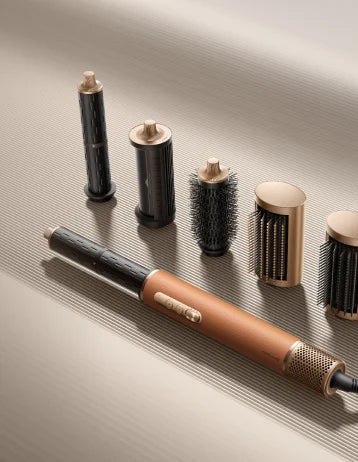
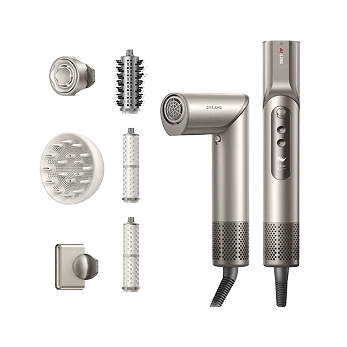


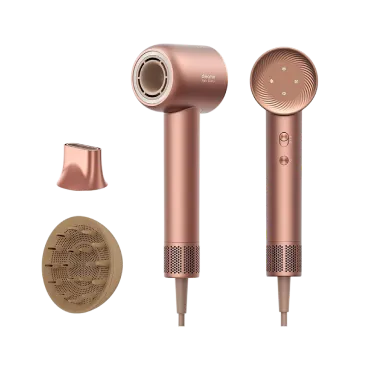
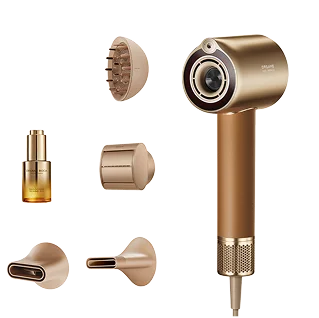




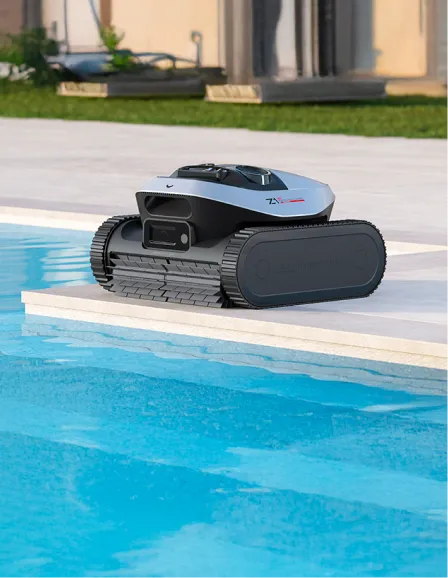
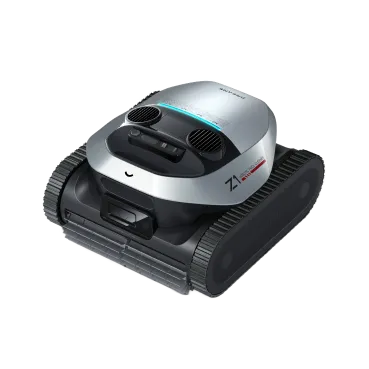
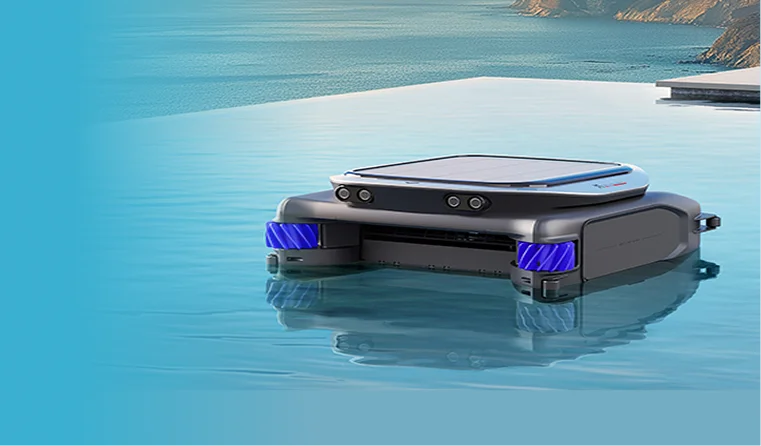











 Australia
Australia 中国大陆
中国大陆 日本
日本


 Türkiye
Türkiye


 Italia
Italia
 Netherlands
Netherlands Belgium
Belgium
 Greece
Greece Polska
Polska
 Norway
Norway
 Sweden
Sweden
 Finland
Finland
 Denmark
Denmark
 Hungary
Hungary Czechia
Czechia
 Slovenia
Slovenia
 Croatia
Croatia
 Switzerland
Switzerland United Kingdom
United Kingdom
 Canada
Canada



